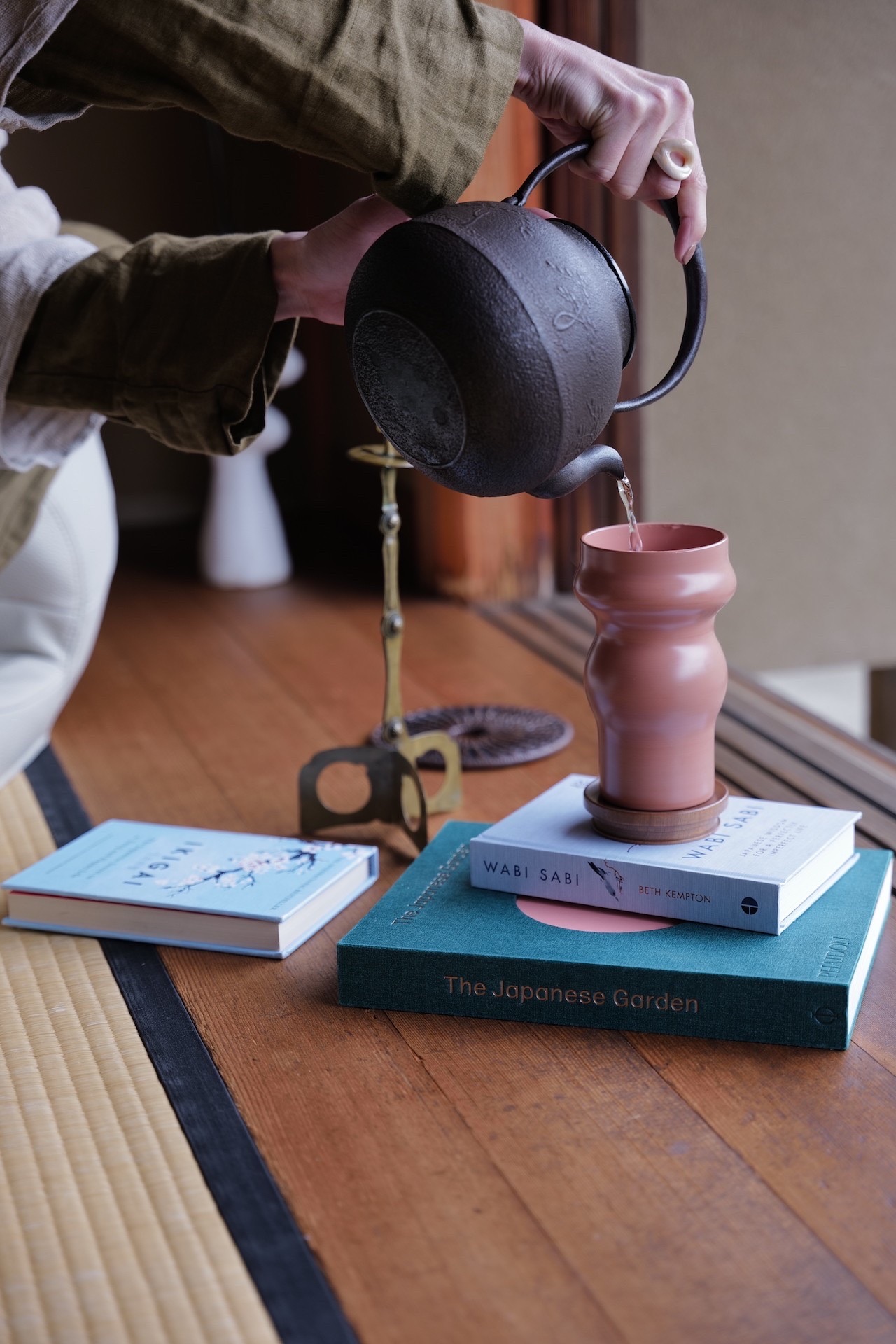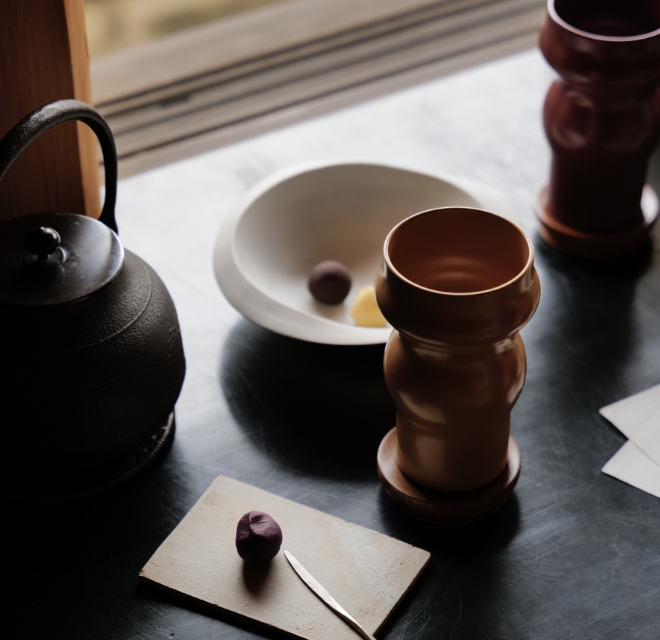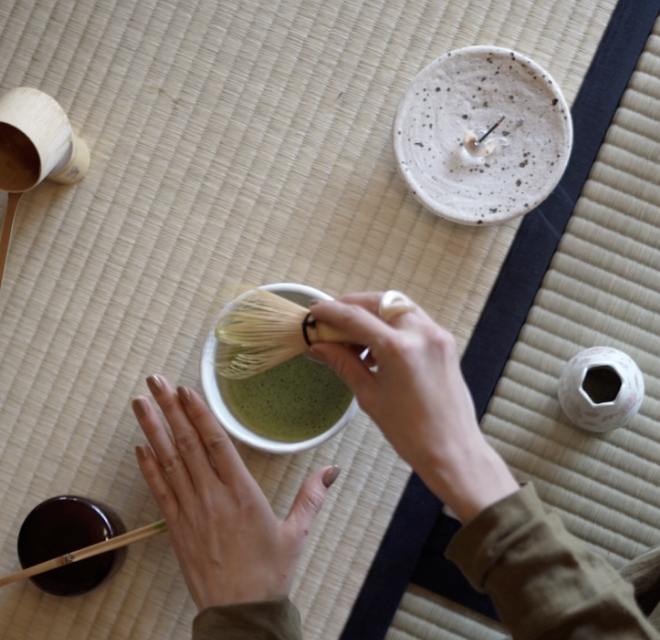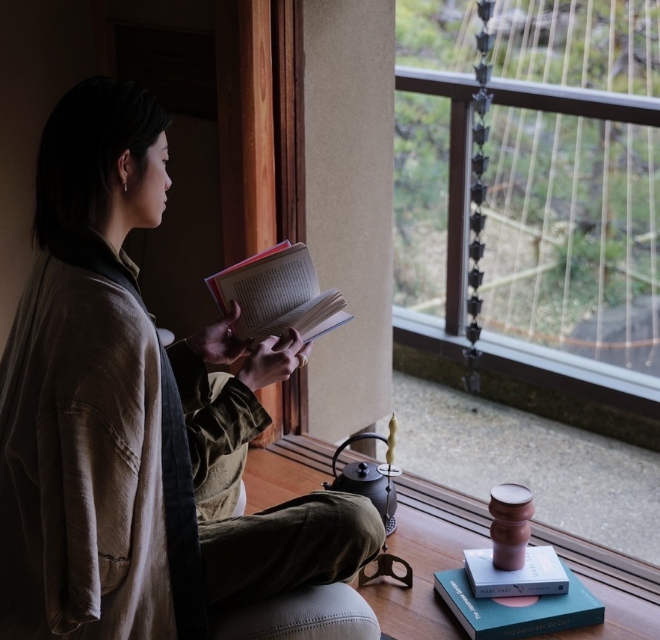Mitate is a florist based in Kyoto that centers Japanese aesthetics and multifaceted ways to elevate sanyaso (wild grasses) in their arrangements to spotlight their own charm and beauty. These grasses that bloom in the fields and mountains, the grasses that turn color beneath one’s feet. They are small, beautiful lives that reflect a simplicity and ferocity to exist and live amidst the temperamental elements. We interviewed the owner of Mitate, Mr. Nishiyama, who gives us a new perspective on grappling with Japanese tradition in floral arrangement.
I’m not super familiar with sanyaso, can you tell me more about it?
They are considered alpine plants, depending on the area in which they grow, but they’re closer to local weeds. They do not have a particular presence or silhouette which makes them difficult to present in floral arrangement, but that’s why it’s an interesting challenge for me to spotlight them and center them in my practice.
What made you specialize in sanyaso?
Grocery stores have started selling pesticide-free products, but overall there hasn’t been any big movements or changes in the world of flowers. But if you think about it, it makes sense to work with what nature produces, and had the thought that flower shops a century ago probably look very different from the ones now. Currently, flowers imported from the West and sold similarly to how they are in the West is considered the norm, but there may be a resurgence of sourcing locally and a return to our own “traditional” way of selling flowers.
Because it’s different from Western flowers, do you think that return would be difficult to integrate into our current lifestyles?
In terms of production, the prices are still high due to low demand… and the plants don’t last long. These flowers aren’t particularly large nor do they bloom a lot so compared to ordinary flowers, so their value can certainly be viewed as lesser. Bravery and cuteness can of course be key charm points, but it’s ultimately difficult to convert just that into a business or a job.
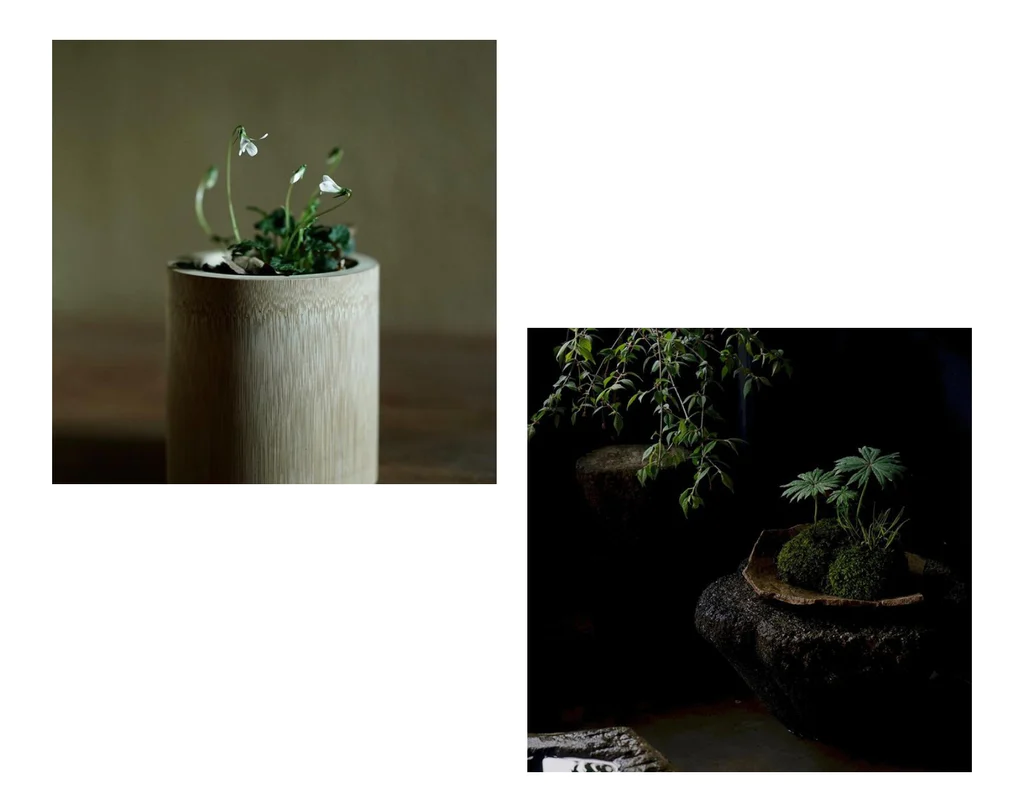
This is a wonderful website that approaches Japanese traditions and aesthetics in a modern way. Nishiyama-san, how do you personally connect with Japanese culture?
When I work with Japanese flowers, I get to study the plants themselves and thereby inherently find connections to old Japanese things. I believe that when we deepen our knowledge, it naturally links to history. In my studies, I’ve found that there are many flowers connected to the Heian period, but there may be some that have been featured in stories from the Yayoi and Jomon periods.
Do you have a favorite era in particular?
The Muromachi, Heian periods. Right before the Edo period, you know? Over the Edo period, things were becoming more commercialized so breed improvements and other methods were refined and is more closely connected to what we have today. Before that there’s a sense of thoughts from the heart taking shape, with more honesty, perhaps. Rather than the final form, it may be that I like the idea of going back to the period that just precedes that.
I feel that this spirit is reflected in our products. I think that Fukiyose, which is traditionally arranged sweets in a box, is an idea that is not often thought of by ordinary florists. Is this a style that originated in Japan?
You could say perhaps that the world of wagashi (traditional Japanese sweets) and washoku (Japanese cuisine) inspired and crossed over into floral arrangement. I think the world of flowers lagged behind in terms of presentation where wagashi had maintained Japanese aesthetic standards. As the Western influence in the floral world is so prevalent, it is often thought that there is simply only one way to do it, emphasizing the flowers’ appearance and length of life in a traditional bouquet style. Giving flowers this way is also distinctly Western, but floral arrangement specifically is something that has long existed within the Japanese cultural sphere. Perhaps there was a conscious desire to lean further in that direction.
Certainly, the act of giving flowers is heavily associated with gifting Western bouquets. But on the other hand, flower arrangement is firmly embedded in the Japanese cultural sphere. Was there a conscious desire for you to work in a space between two completely polarized areas of expertise?
Perhaps. I think that flowers that flower shops sell should be natural to begin with. But most of the flowers found in flower shops aren’t found in the wild. This begs the question of what the purpose of “real flowers” is, right? If shape and color are important, wouldn’t origami suffice? Artificial flowers were invented because ultimately, I think, real flowers are undervalued. Though more people think that artificial flowers that bear similarities to real flowers are good, I don’t think it’s something that conveys the same feeling as real ones. For example, one wouldn’t present artificial flowers as an offering at spiritual sites.
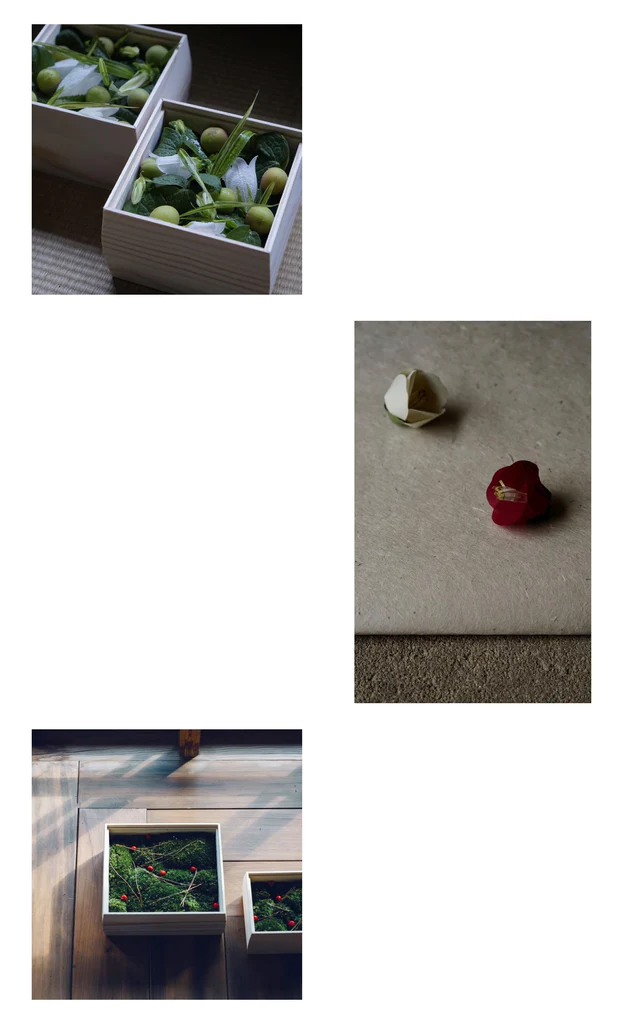
“A cool space with cool things” on its own is superficial. But if one learns about the origin or history of things and apply that knowledge to one’s own space and life, connections to larger contexts can be made. I think something as benign as flowers can be applied to this idea.
I agree. As much as possible, it’s important to not to immediately start from shape or appearance because that’s just personal preference. If more meaning is applied, even people who don’t like what is presented will likely have a different reaction upon further examination. This may be a return to how old people think honesty is beautiful. When we’re conscious of things before they become history or tradition, it hardly has anything to do with physical form.
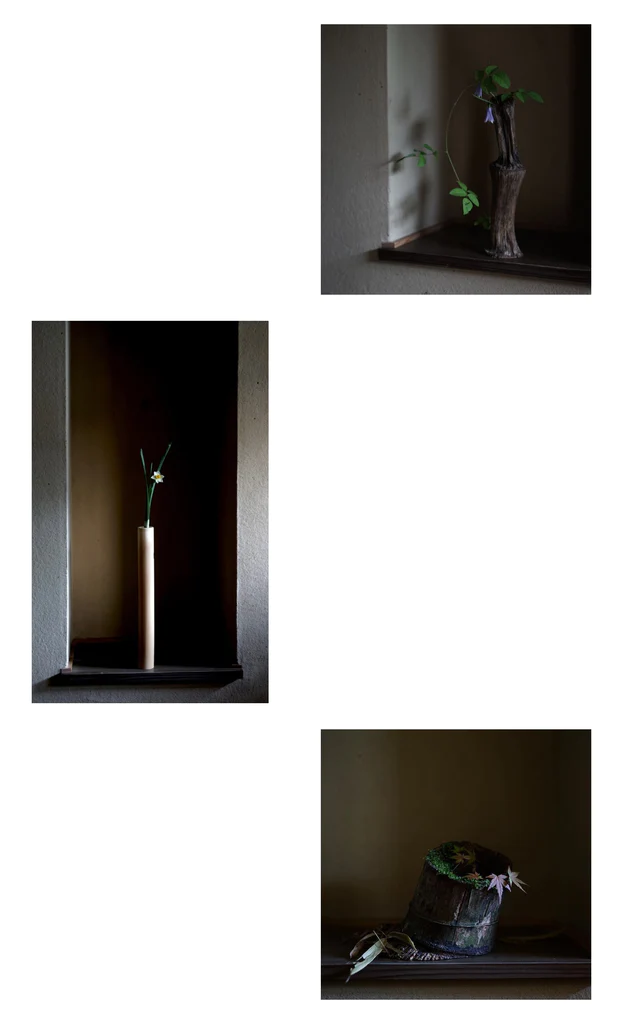
Hayato Aoki and the album called “Kousa no Ongaku” have also been released. What was the process leading up to this?
We were acquaintances to begin with, but I asked him to make music for the store, which lead to him coming to record in the store once a month. After some improvising, a week or so later, it was already an audio source. Then I played it for the next month, repeating about 12 times. Mr. Aoki asked me if we should compile it, so we did and it was released as a body of work.
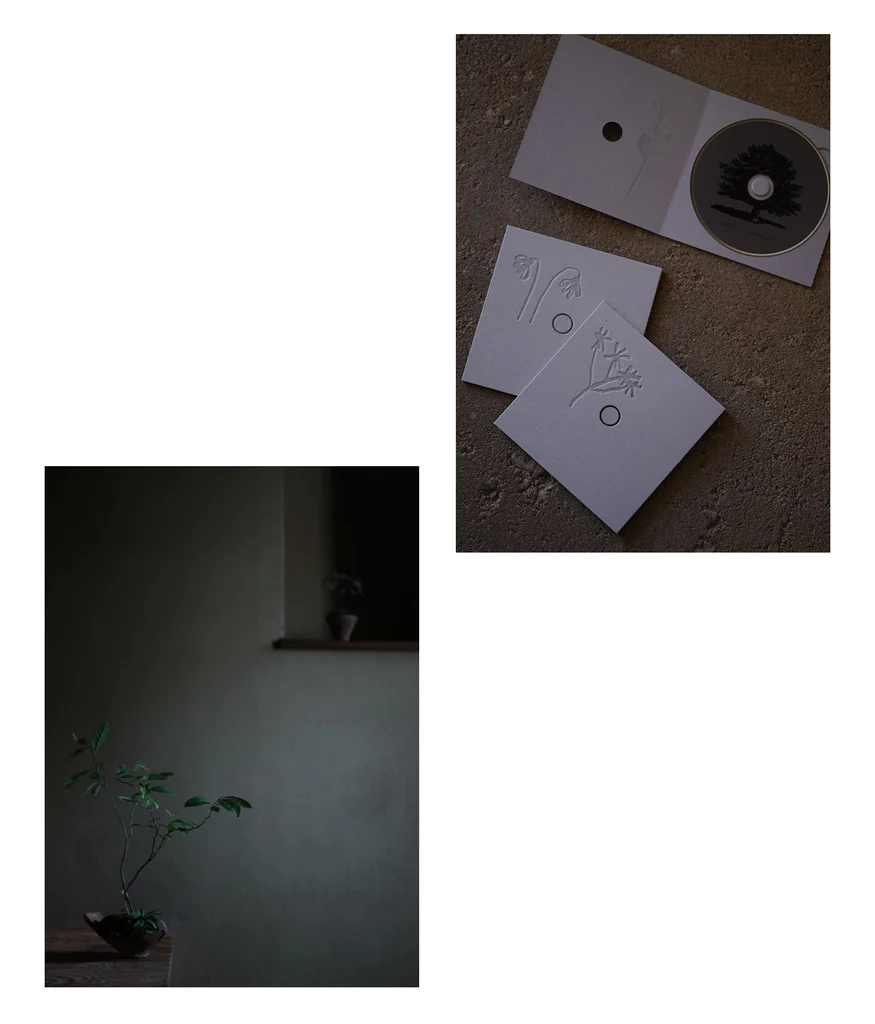
Essentially, what would you say is the most fun about spotlighting sanyaso?
Flower arrangement is highly integral to our culture and values. For example, if Rikyu (an originator of Japanese tea ceremony) had a singular flower in his tea room, that arrangement in and of itself would have great significance. An order to commit seppuku could be made depending on the arrangement. This custom no longer exists, of course, but the fact remains that a single flower possessed such weight and power.
So now the more I think about the beauty and power of each individual flower, a sense of appreciation grows and I cherish it as a life and a plant that leads me to want to learn more. When I worked with Western flowers, I wonder if I ever saw them in this way, as little lives that needed due respect. I used to treat them as nothing but decorative items, as props that can be processed on receipts as merchandise. As our sanyaso is delivered in bulk from the mountains, there is no price for each individual.
I feel responsible as I’m the one adding value to something that’s priceless.
Mitate
WEB:https://www.hanaya-mitate.com
Instagram:@mitate_hanaya
Photography: Mitate & Eri Kawamura
Interview & Text: Yuka Sone Sato
Design: Mammy Horie





